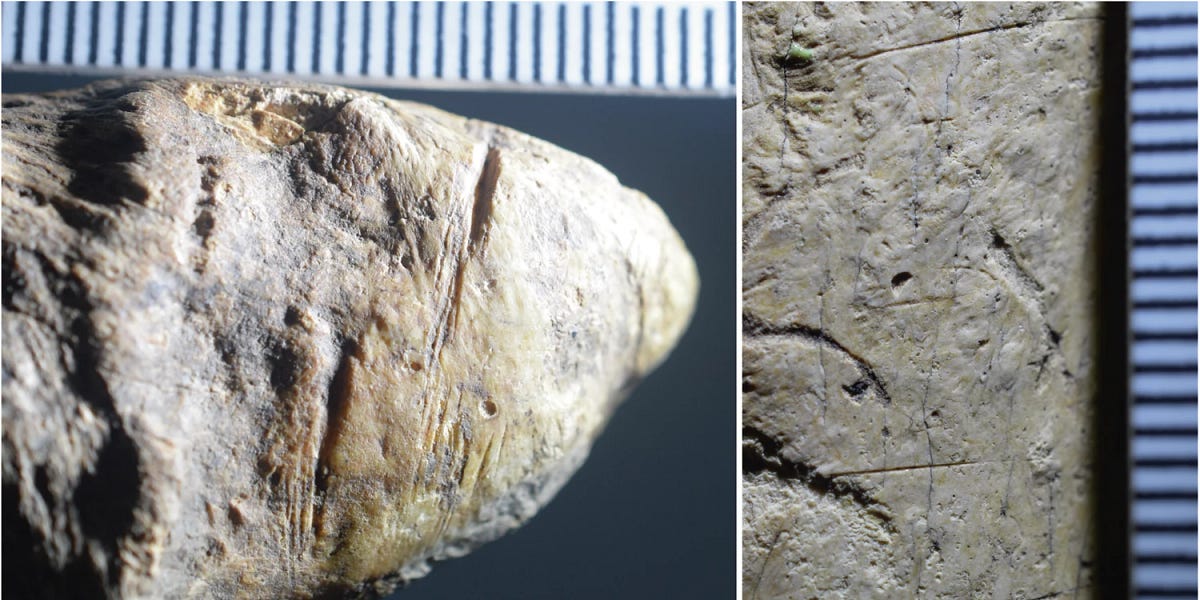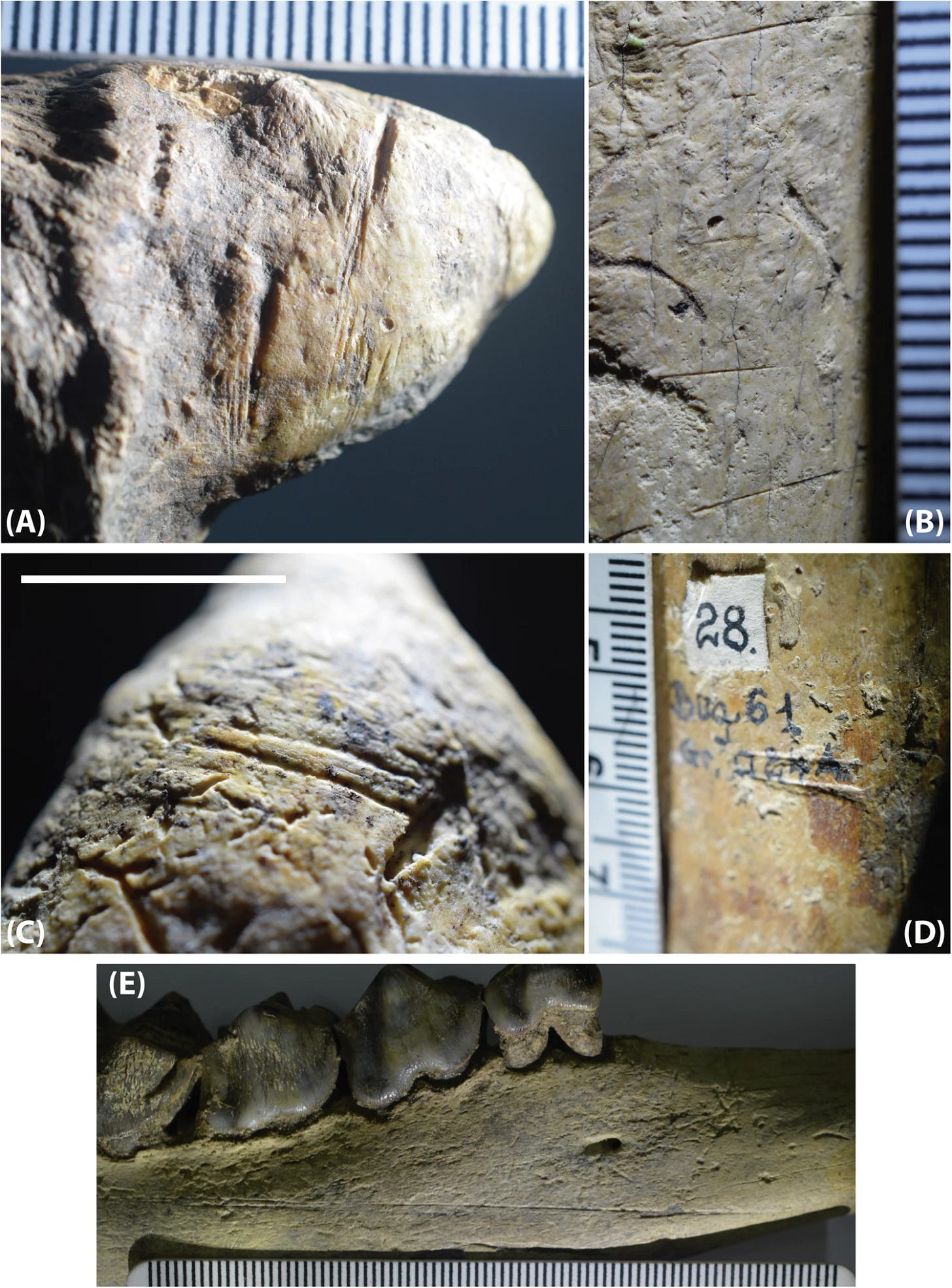
The story of humanity’s expansion out of Africa has long been marked by unanswered questions about the timing, routes, and survival of early hominins in Eurasia. A new study published in Nature Communications explores evidence from the Grăunceanu site in Romania, pushing the presence of early humans in Europe to at least 1.95 million years ago. This discovery challenges previous assumptions and provides a more nuanced understanding of how early hominins adapted to novel and demanding environments.
Led by Sabrina C. Curran and colleagues, the research integrates biostratigraphy, uranium-lead dating, and isotopic analysis to reconstruct the paleoenvironment and date anthropogenic activity. The findings suggest that early hominins thrived intermittently across Eurasia, adapting to temperate climates and seasonal landscapes.
“Our results point to a widespread, though perhaps intermittent, presence of hominins across Eurasia by at least 2.0 million years ago,” the authors argue.
At the heart of this research are the cut-marked bones discovered at Grăunceanu. The team identified 20 specimens with definitive evidence of butchery, a hallmark of early hominin behavior. These marks, analyzed using both qualitative and quantitative methods, provide strong evidence of deliberate tool use. Most of the marks were located on artiodactyl bones, consistent with meat processing for subsistence.
The cut marks were found in specific anatomical locations, such as distal tibiae, indicative of defleshing activities. These findings align with similar butchery evidence from other early Pleistocene sites like Dmanisi in Georgia. However, the absence of associated lithic tools at Grăunceanu raises intriguing questions about the types of tools used and their preservation.
The study doesn’t stop at human behavior. It also reconstructs the environment in which these hominins lived, using isotopic analysis of a horse maxilla from the site. The stable oxygen and carbon isotopes suggest a temperate climate with marked seasonal rainfall, creating a mosaic of forest-steppe habitats. Such environments would have been resource-rich but required adaptability to seasonal fluctuations.
The presence of species like pangolins, ostriches, and the large terrestrial monkey Paradolichopithecus points to relatively mild winters. This finding supports the idea that early hominins were flexible in exploiting diverse habitats, even those at higher latitudes.
Grăunceanu’s findings join a growing body of evidence suggesting that hominins may have reached Eurasia earlier than the well-dated site at Dmanisi, Georgia, which is approximately 1.8 million years old. This study adds weight to the hypothesis that hominins dispersed into Eurasia during favorable climatic intervals, likely following river valleys and exploiting ecological niches.
The implications extend beyond Europe. Sites in the Middle East, Russia, and China also show evidence of hominin presence around the same time, suggesting a complex and geographically widespread dispersal pattern. These movements likely occurred in pulses, with populations exploiting interglacial periods to expand their range.
While the study provides robust evidence for hominin activity at Grăunceanu, it leaves certain questions unanswered. The absence of hominin fossils or stone tools at the site makes it difficult to attribute the butchery marks to a specific species. This gap underscores the need for further excavations and interdisciplinary analyses to refine our understanding of early hominin behavior in Europe.
Another limitation is the single-deposition nature of the Grăunceanu site, which may not capture the full variability of hominin activity over time. Future research could explore neighboring sites to provide a broader temporal and ecological context.
“The preponderance of ephemeral traces for hominins in this region can no longer be ignored,” the authors emphasize.
The Grăunceanu site opens a new window into early human history, revealing that hominins were present in Europe far earlier than previously thought. Their ability to adapt to temperate and seasonal climates highlights the resilience and environmental flexibility that have come to define our genus.
This discovery not only reshapes our timeline of human dispersal but also challenges us to reconsider the ecological and cultural dynamics that enabled early hominins to thrive in diverse landscapes. As research continues, the story of humanity’s early wanderers promises to become even more intricate and compelling.
-
“Hominin Dispersals in the Early Pleistocene”
Explores dispersal routes through the Middle East and Eurasia.
Read more -
“Paleoecology of the Olteț River Valley”
Examines environmental reconstructions at Grăunceanu.
Read more -
“Lithic Technology of Early Hominins”
Investigates tool use in sites contemporaneous with Grăunceanu.
Read more







